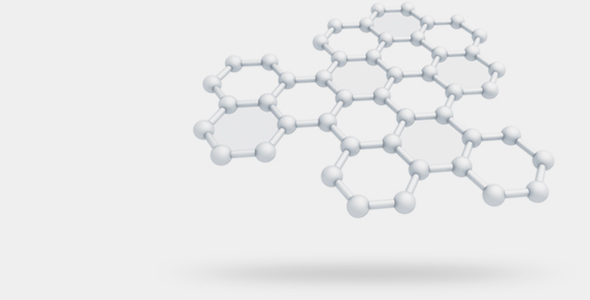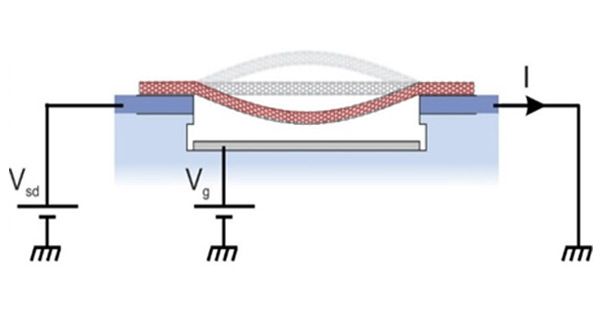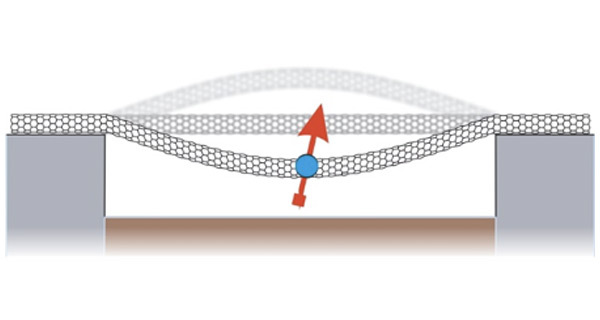Research
Our group focuses on the mesoscopic investigation of both quantum electron transport and mechanical resonators. We explore phenomena based on electron correlation, quantum effects, and topology in novel condensed matter systems such as twisted bilayer graphene stacks and one- and two-dimensional single crystals. We also use such systems to produce electromechanical resonators endowed with enhanced quantum fluctuations and ultra-long life times, which are at the heart of modern advances in nanomechanics.


Superconductivity
in twisted bilayer graphene
When two graphene lattices are overlaid and tilted, they can create a moiré pattern with a long period. At a small angle of about 1.1º, it was shown that the twisted bilayer graphene stack becomes superconducting. At this “magic” angle, interactions among electrons and the topology of their energy bands create novel quantum phases of matter. By tuning the carrier density, the twisted bilayer graphene stack can enter in other phases, such as correlated insulators and orbital ferromagnets. Twistronics – twisted bilayer graphene and other twisted stacks – represents a promising platform for understanding the elusive properties emerging from interaction and topology.

Mechanical resonators
based on carbon nanotubes
Mechanical resonators based on carbon nanotubes feature a series of truly exceptional properties. They are the smallest operating mechanical resonators that have been produced thus far. The 𝑄-factor approaches 10 million, and they can be cooled to a few quanta of vibrations, as recently shown by our group. The quantum fluctuation amplitude is about 10 pm, which is orders of magnitude larger than what can be achieved in other mechanical resonators. Because of the large quantum fluctuations, the mechanical vibrations are sensitive to the tiny forces associated with the electrons flowing through the nanotube, and vice versa. Advances in our labs allowed us to produce extraordinary clean nanotube devices. These suspended nanotubes are essentially free of defects and adsorption contamination, as revealed by quantum electron interference measurements, which are extremely sensitive to scattering centres.

Towards
a mechanical quantum bit
This project focuses on the realization of a completely new qubit, where the information is stored in the electromechanical vibrations. We propose to realize a mechanical qubit by coupling the mechanical vibrations of a nanotube resonator to a double-quantum dot formed along the suspended nanotube. Nanotubes are the ideal system for such an experiment, since their high mechanical quantum fluctuation amplitude boosts the single-phonon electromechanical coupling strength. We may reach sub-kHz decoherence rate for the mechanical qubit. Such a demonstration would be a breakthrough in quantum science, offering new perspectives for quantum networks and quantum sensing.

Mechanical measurements
of single nuclear spins
We are carrying out mechanical detection of single nuclear spins adsorbed onto nanotube resonators by either electrical or optical measurements. We are also performing magnetic-resonance force microscopy in order to image these individual nuclear spins. Achieving the objectives proposed here will be an unprecedented success in magnetic resonance imaging (MRI).

Superfluid Helium
on Carbon Nanotube
We employ a completely new experimental approach to investigate superfluidity. We are using a nanotube mechanical resonator to probe the superfluidity properties of helium-4 layers adsorbed onto the suspended nanotube. Our aim is to study various quantum phenomena in superfluidity of considerable interest and from a radically new perspective.